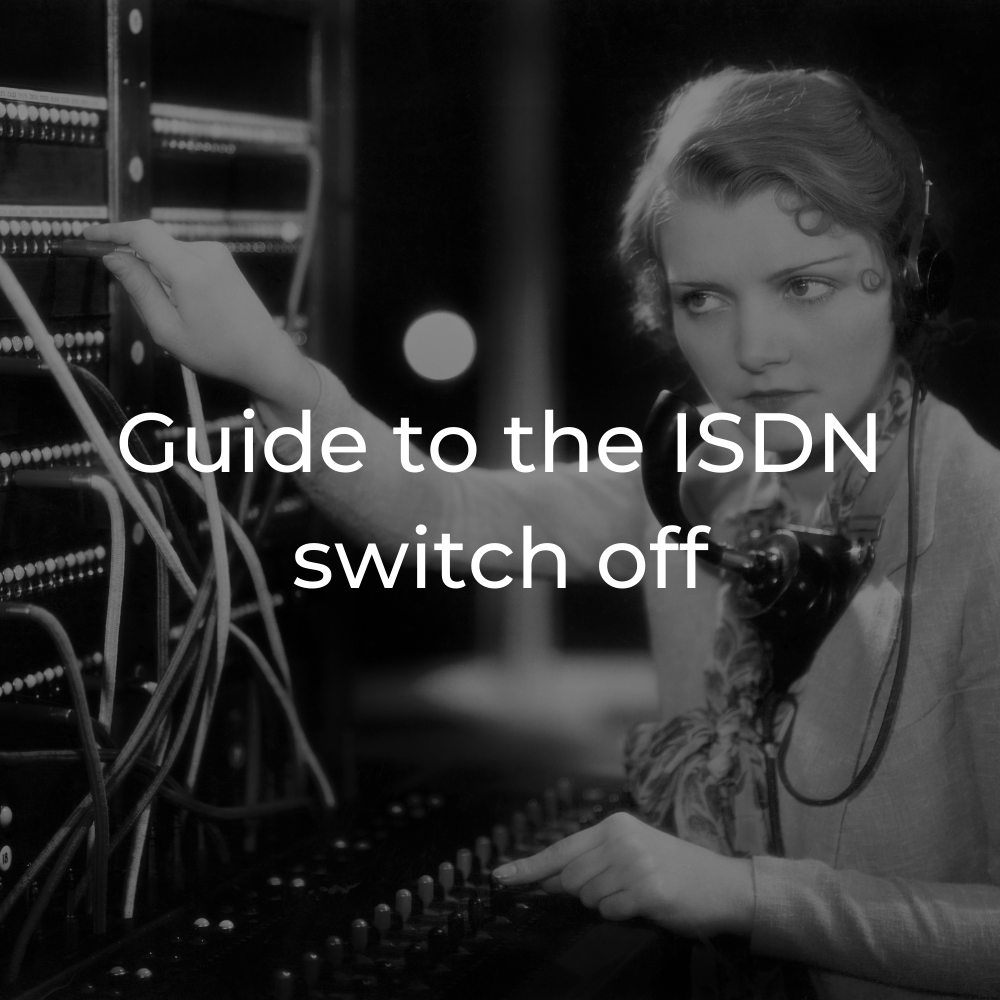Is SD-WAN "the new normal" of networking?
Can SD-WAN help your business adapt to "the new normal"? Discover solutions for secure, remote working and high-bandwidth, multi-cloud strategies.

Unless you've been living under a particularly comfortable rock, you'll know about the shift in working arrangements brought on by the COVID-19 pandemic. There's a good chance you had to adjust to working from home for the first time, after all.
We'll look at the numbers in a moment, but suffice to say: flexible working is here to stay. If anything, it's only going to become more prevalent. It's no wonder people are calling it "the new normal".
You might think this is a good thing. You might not. It's a big, multi-faceted question, and we're not going to touch it with a barge pole.
But one thing's for sure. It poses huge technical challenges for network administrators.
Installing wide-area networks (WANs) takes time, money and expertise (not to mention blood, sweat and tears). Imagine investing countless man-hours into building a robust, secure WAN, only for the pandemic to send you hurtling back to square one.
See, traditional WANs are designed for permanent (or at least semi-permanent) business locations. They need hard-wired connections and complicated hardware. They're not easy to install, and they're not easy to move.
Then COVID happens, and everything changes. Suddenly, you don't have three, or five, or 50 network nodes to deal with. You have hundreds, located in living rooms, kitchens and bedrooms all across the country.
Of course, if you
are a network administrator, you'll already know the pain. We know you're not here for sympathy, so let's talk solutions.
Actually, scratch that. Let's talk about
one solution: SD-WAN. Because, in our opinion, SD-WAN is the single best way to bring your network up to speed with "the new normal".
(Need a refresher on SD-WAN?
Check out our dedicated page here.)
Problem: the rise in home working
According to government research, the number of home workers increased from 27% to 37% between 2019 and 2020. Considering that some companies
can't allow for home working, that's a pretty significant jump.
And with nearly a quarter of companies reporting that they want to
increase flexible working practices going forward, it's clear that network infrastructures need to adjust. And fast.
The challenge for administrators is this: how can we ensure staff can access business-critical services from home while keeping the network running smoothly and securely?
Obviously, installing a hard-wired WAN connection in every employee's home is out of the question.
How SD-WAN can help
The clue's in the name. "SD" stands for "Software Defined". It's this extra software abstraction layer that makes SD-WAN such a good fit for our flexible future.
Because SD-WAN handles connection routing and security in software, there's no need to configure complex hardware at each location. All users require is a small, dedicated router, which is easy to install and maintain.
Problem: maintaining network security at home
When the pandemic hit, we all had to adapt quickly. In the rush, many companies allowed employees to use their home WiFi connections to do business.
While understandable, this can only be a stop-gap approach. As remote working becomes more widespread and acceptable, administrators need a home networking solution that meets business-level security standards and is adaptable enough to protect them from future threats.
Viewed through this lens, the public internet just doesn't cut it. (Sorry, internet.)
How SD-WAN can help
Let's clear up a common misconception first. An SD-WAN is
not a VPN.
VPNs are tremendously useful from a security perspective. They allow for anonymous, encrypted connections across the public internet. This is, of course, beneficial for any business that wants to protect its data.
However, when it comes to home working, they only solve part of the problem. In the long term, businesses don't <i>want</i> to use the public internet at all. They want staff to use their own WAN.
SD-WANs, using their very clever software layer, effectively act as a private wide area network. All connections are end-to-end encrypted, and because every node is managed in software, it allows for detailed reporting – no matter the technology used to connect.
In other words, they solve the underlying issue
and deliver all the benefits of a VPN too.
Think of it like this. Using a VPN is like sticking your finger in a leaky dam. Switching to SD-WAN is like rebuilding the dam from the ground up.
Problem: the increased reliance on video conferencing
Last year, the
ONS quizzed people on the pros and cons of working from home. Any guesses for the biggest reported disadvantage?
The fact it was "harder to work with others". By a long shot.
Since we haven't been able to connect in person, many of us have relied on video conferencing software to keep in touch instead.
This has been good for the software providers – popular video-calling app Zoom, for instance,
saw its revenue skyrocket by 738% between Q1 2019 and Q1 2021. However, it's bad news for our ageing networks.
The problem? Video calls need bags of bandwidth, especially during peak times. Traditional WANs just aren't built to cope with this kind of demand.
How SD-WAN can help
Our SD-WAN service comes with intelligent traffic routing as standard.
In plain language, this means traffic is prioritised on the fly. The system automatically finds the best route for each connection based on things like time of day and application priority.
For users, this often means a faster, more reliable network experience. For the network at large, it means fewer data "traffic jams" and better flexibility when it comes to peaks and troughs in usage.
Better still, this is all configurable in software. You can define your own rules to suit the needs of your business.
Of course, video calls are only one part of the puzzle. Smarter, more flexible routing is beneficial for cloud solutions like SaaS and IaaS too
More resources
Interested in SD-WAN? Set up a free, no-obligation consultation with one of our
networking experts.
Want to know more? Check out our dedicated
SD-WAN page. Or sign up for our
Knowledge Hub to get useful networking tips delivered straight to your inbox.




















